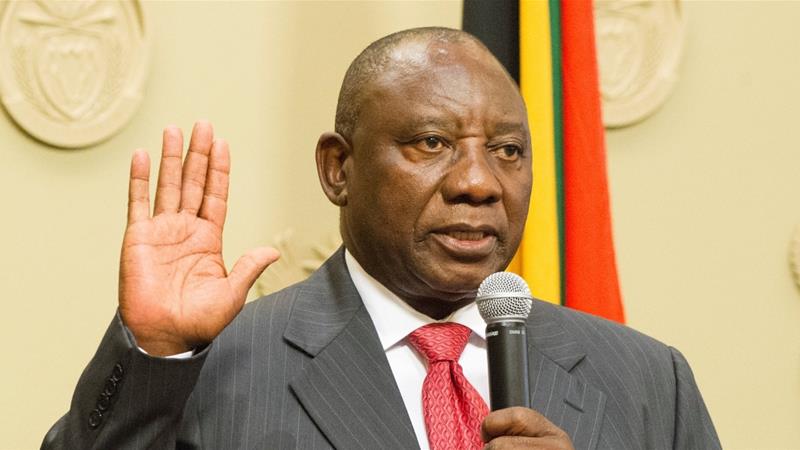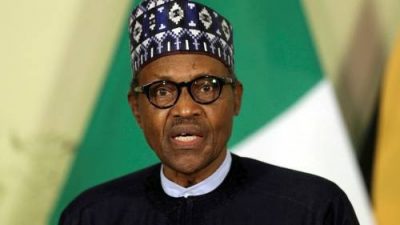The SA economy has officially emerged from recession, Stats SA announced on Tuesday morning, following a 2.2% rise in GDP growth for the third quarter of the year.
The economic growth figures were broadly in line with the expectations of economists surveyed by Fin24 prior to publication, who had projected growth rates of between 0.8 and 2.6%.
The rand firmed by as much as 1% shortly after the release of the results.
However, despite the rebound, economists still expect overall GDP growth for the year to be weak, below 1%.
Here’s what boosted growth in the third quarter.
- Manufacturing industry expands
Growth was mainly driven by the secondary sector, which grew by 4.5%. This was aided by a 7.5% increase in manufacturing. Large contributions came from steel and metals, and motor vehicle production, among other things.
- Agriculture rebounds
Even though the primary sector contracted by 5.4% in the quarter – mainly due to a large drop in mining – the agriculture industry rebounded following two quarters of substantial contractions.
During the third quarter, increased production in field crops, horticultural and animal products, helped improve growth to 6.5%.
Earlier on Tuesday, Bloomberg reported that confidence in the industry had declined to its lowest in nine years. The agribusiness confidence index dropped from 48 to 42, mainly due to concerns over weather conditions and a lack of clarity on land reform policy.
- Transport industry rebounds
The tertiary sector grew by 2.6% during the quarter. The transport, storage and communication industry in particular expanded by 5.7%, rebounding from a -4.9% contraction in the second quarter and improving from 0.9% growth reported in the first quarter.
- Finance, real estate and business services continue growth trend
Also within the tertiary sector, the finance, real estate and business services industry continued its growth trend, increasing by 2.3% during the quarter.
Additionally, the trade industry – particularly wholesale, retail and food and beverages – and catering and accommodation increased by 3.2%.
- Expenditure-led growth
Expenditure GDP grew to 2.3%, following a decline of -2.6% and -0.7% reported in the first and second quarters respectively. Government expenditure grew by 2.2%, while household expenditure grew by 1.6%.
However, gross-fixed capital formation declined -5.1% during the quarter, largely due to a decline in investment in construction works, transport equipment and residential buildings, according to the StatsSA report.




